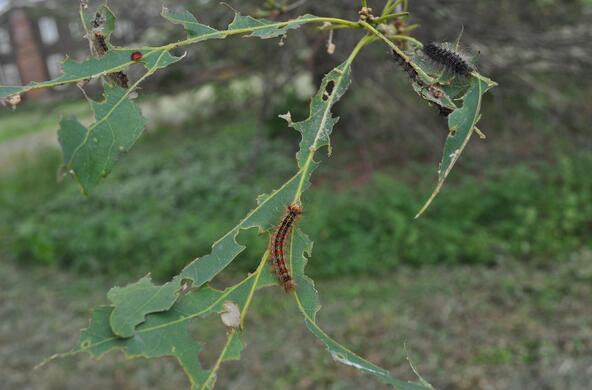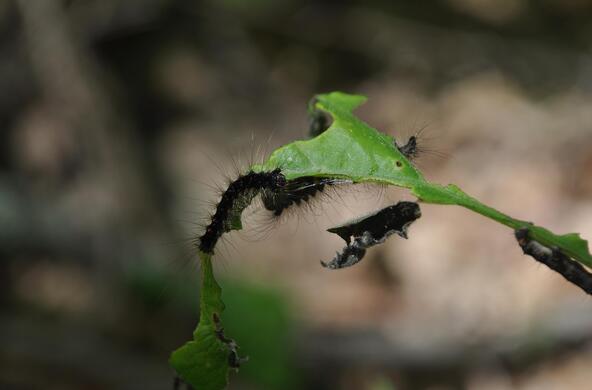Research topics explored include: stakeholder engagement in stream management and stewardship, and using remote sensing to monitor hemlock woolly adelgid, an invasive forest pest.
The Catskill Research Fellowship Program was developed to engage graduate and undergraduate students in research that addresses gaps identified by natural resource managers in the Catskills. Students conduct research with a professor in collaboration with advisors from natural resource management organizations. For more information, contact petersonk@caryinstitute.org.
An evaluation of stakeholder engagement in the Rondout and Neversink watersheds
Alison Derevensky, Binghamton University
The purpose of this study is to increase stakeholder engagement for the Rondout Neversink Stream Program by determining the most successful outreach and communication practices. The methods for this project include interviews with local stakeholders and stream program coordinators, and a survey of local streamside residents that asks how the Rondout Neversink Stream Program can improve communication within the watershed. Our goal is to increase resident participation in the stream management planning process and future stewardship events using the results from this study.
Monitoring hemlock health and the spread of hemlock woolly adelgid in the Catskill Mountains region of New York using high-resolution multispectral remote sensing
Kelsey Parker, CUNY
The hemlock woolly adelgid (HWA) is an aphid that slowly kills eastern hemlock (Tsuga canadensis) trees by attaching to the base of their needles and feeding on the tree’s starches. The health of infested trees declines slowly, and it can take years for an infested tree to fully succumb to the HWA. The spread of these invasives is startling, as hemlock trees are an important foundation species with the ability to alter the environment’s microclimate. Our study uses freely available remote sensing data to predict the locations of HWA invasion by monitoring forest health. We aim to develop methodologies to monitor HWA in real time that can be implemented by practitioners at low to no cost.
About the Catskill Science Collaborative
Cary Institute of Ecosystem Studies hosts the Catskill Science Collaborative, a program funded by the NY State Environmental Protection Fund through a grant with the New York State Department of Environmental Conservation. The Catskill Science Collaborative facilitates and communicates environmental science in the Catskill region by sharing science with the public, promoting science-informed resource management, and enabling data- and idea-sharing among scientists working in the Catskills.
The Catskill Science Collaborative is currently accepting proposals for fellowships for summer 2022. For more information, contact petersonk@caryinstitute.org.







